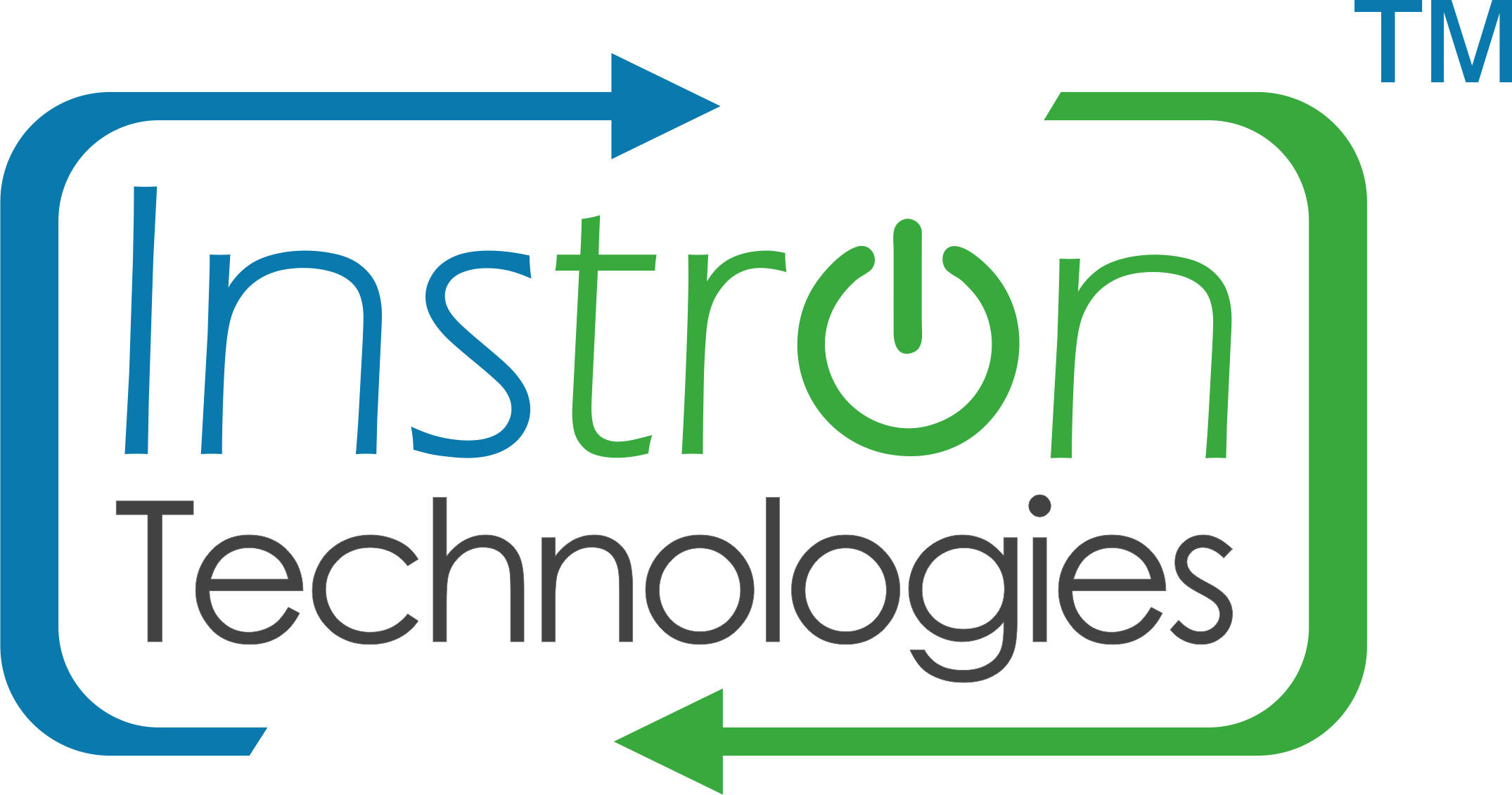Digital Maturity Assessment: A Phase “0” Approach for Digital Transformation
Top 3 Challenges in Discrete Manufacturing and Process Industry & Their Impact on Operations
- Wasted Resources
Poorly managed production processes lead to excessive waste and inefficiency, resulting in increased costs and lost profits. Additionally, a lack of sufficiently skilled talent and funds hampers the ability to properly innovate and implement changes.
- Energy Inefficiencies
Uncontrolled energy usage not only increases operational costs but also has a negative impact on the environment and sustainability efforts. Furthermore, the overwhelming number of technology choices, coupled with the pressure to deliver short-term results, complicates the decision-making process.
- Quality Concerns & Lack of Innovation
Inconsistent product quality can result in more rework and waste, which in turn can harm brand reputation and customer satisfaction. Moreover, the constant need to address immediate challenges often leaves little time for innovation, especially when dealing with legacy technologies.
New Approach: Audits & Assessments
Finding energy-saving and upgrade opportunities through audits, assessments, and monitoring is essential. In addition to energy assessments, conducting digital infrastructure assessments of the shop floor can help develop a digital transformation plan that facilitates efficient data monitoring.
The digital maturity assessment evaluates the current state of digital maturity in the manufacturing industry. It focuses on process optimization and the adoption of the latest technologies. This assessment emphasizes IoT-based principles such as real-time data capturing, OEE monitoring, traceability, predictability, energy monitoring systems, and the overall digitization of manufacturing operations and utilities to increase productivity and process efficiency.
Various Assessments and Deliverables

Comprehensive Audit Report
- Detailed analysis of thermal, air, electrical, and digital infrastructure.
- Identification of potential savings areas and inefficiencies.
- Baseline energy consumption and carbon footprint assessment.
Digital Maturity Assessment
- Evaluation of current digital infrastructure and processes.
- Assessment of digital readiness and maturity level.
- Recommendations for digitization improvements.
Investment Projection
- Detailed cost analysis for proposed digitization projects.
- Expected return on investment (ROI) calculations.
- Budgetary planning and financial roadmap.
Implementation Support
- Step-by-step guidance for implementing recommended changes.
- Assistance with selecting and integrating new technologies.
- Training and support for staff to ensure a smooth transition.
Savings Verification and Reporting
- Regular monitoring of implemented changes.
- Verification of achieved savings and benefits.
- Periodic reporting on energy consumption and carbon footprint reduction.
Customized Action Plan
- Tailored action plan with short-term and long-term goals.
- Milestones and timelines for achieving desired outcomes.
- Allocation of responsibilities and resources.
Phase-Wise Digital Transformation Journey
After completing Phase “0,” where assessments are made and detailed pointers are in hand, decisions for projects are based on savings and ROI—key factors in any digital transformation journey.
At the machine level, automation, OEE monitoring, KPI monitoring, and digital forms are the starting points. At the plant level, overall efficiency, product traceability, plant-wise data performance parameters, cost benchmarking, and sustainable projects aimed at decarbonization are emphasized.
Going forward, IoT + ERP integration, data analytics, business reports, and the interlinking of processes ensure that data flows seamlessly from the shop floor to business reports.
Potential Benefits
By implementing these strategies, a 10% to 25% improvement in savings can be achieved, resulting in:
- Increased Efficiency: Improved machine performance and reduced downtime.
- Cost Savings: Lower maintenance costs and optimized inventory levels.
- Enhanced Quality: Reduced defects and higher product quality.
- Agility: Improved responsiveness to market changes and customer demands.
- Sustainability: Enhanced sustainability through efficient resource utilization.
- Data Insights: Continuous improvement in productivity and efficiency powered by analysis from energy experts.
Summary
Instron Technologies assists customers by conducting audits and assessments for all types of energy, highlighting potential savings. We assess plants from the perspectives of air audits, thermal audits, electrical safety, and electrical compliance. We don’t just provide reports showing potential savings; we also partner with customers to implement the recommended changes. This makes us a one-stop shop for our customers.
